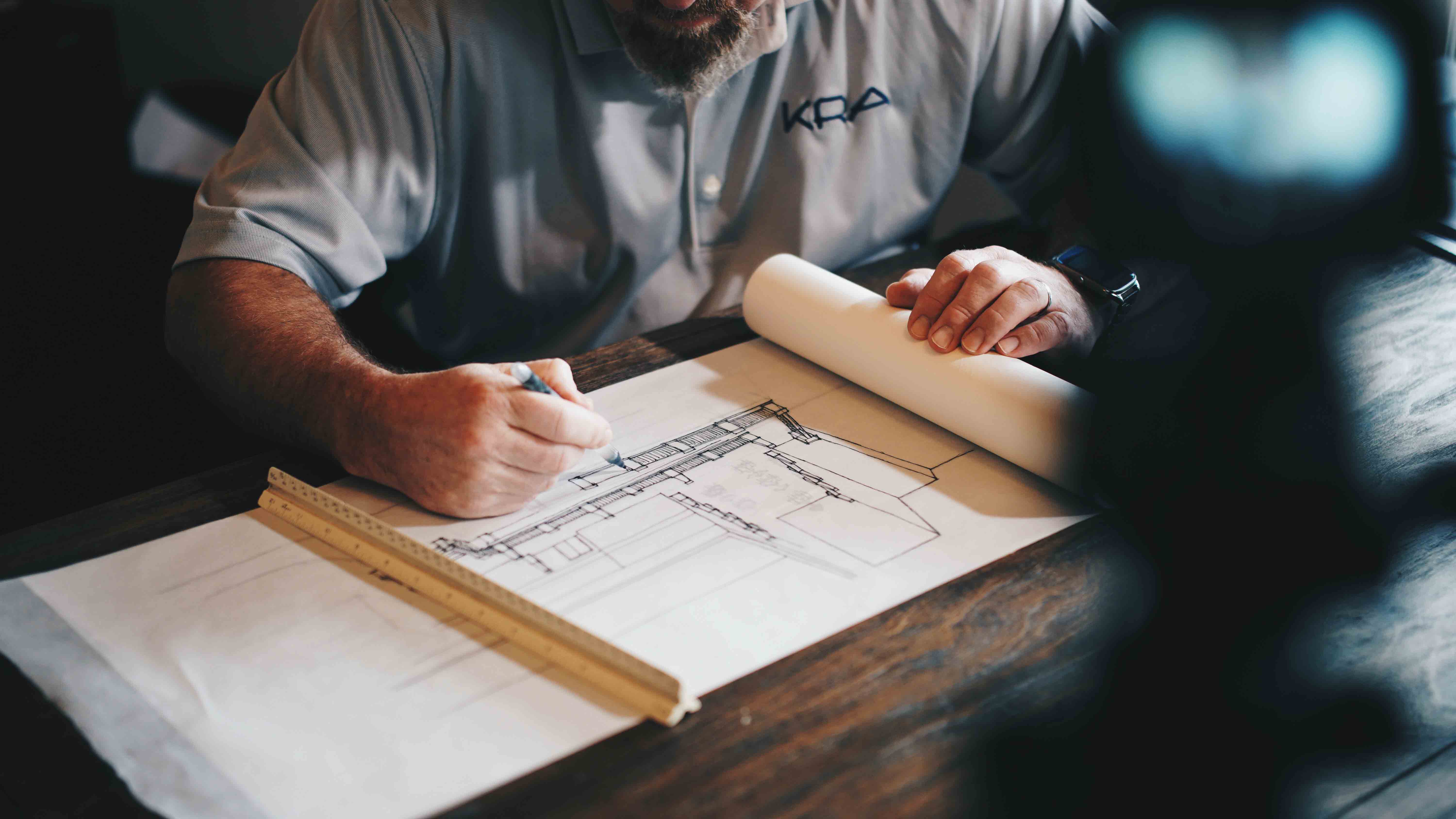FAQs
Have a Look at the Most Frequently Asked Questions!

Structural FAQs
Which is the strongest, a globigerina limestone wall or a concrete blockwork wall?
Typically, a globigerina limestone wall is twice as strong as a hollow blockwork wall and 30% stronger to an infilled blockwork wall of same thickness
In typical residential developments which is the least expensive way to roof over the basement garages, by using precast pre-stressed planks "Planki" or reinforced concrete transfer slabs?
The cost per square metre of precast prestressed panels slabs (excluding any required detailing) is less than a comparable reinforced concrete transfer slab. However, when proper detailing for prestressed planks is put into the equation, the price variation between both options is marginal. Proper detailing includes: reinforced concrete support ring beam, concrete grouting between planks, tying reinforcement, concrete topping with mesh reinforcement, the possibility of additional wall support or infilling of voids at supports. These all increase the end bearing capacity of the planks.
Can I have waterproof concrete?
Concrete can be rendered nearly waterproof by improving the mix, with the addition of admixtures (chemicals) and adequate compaction/curing. Various water retaining structures are constructed around the world using these methodologies.
How can corrosion be prevented on concrete steel reinforcement?
Concrete chemistry provides an alkaline (opposite to acid) environment that, in turn, protects the steel. An acidic environment would enhance corrosion of steel. Concrete can lose its alkaline environment and therefore, the protection to steel would be reduced. One such process is called carbonisation, where the presence of CO2 gases absorbed by the concrete gives it an acidic environment. If this layer of carbonisation reaches the reinforcement, there is the tendency that the reinforcement starts corroding. Using well-graded and compacted concrete, adequate protection to concrete and suitable concrete cover all help to minimise concrete corrosion.
Why are there different grades of concrete specified in a project?
Different concrete grades come with different strengths and durability characteristics. It is generally more advisable to utilise one grade of concrete on each site. On the other hand, design requirements vary from building elements to another. It is good practice to utilise one concrete grade for the super structure and another stronger grade for substructure/foundations where higher durability and strength is required.
My neighbour is going to construct additional stories on an existing party wall. Is my building safe, and would this restrict me from doing the same in the future?
Various assessments are required to determine if the existing party wall, including foundations, are adequate for any extra loading. A structural assessment is recommended in the early stages of the project to determine the safe load utilisation factor of the party wall.
I am concerned about the stability of my foundations during excavations in my neighbouring site. What shall I do?
We understand how strenuous it can be to be living adjacent to a construction site. It is important that you engage a structural engineer to assess the situation at an early stage (planning stage). One has the right to review the proposed method statements and third-party reports and object to any incongruence within 15 days of issuance. If you missed this opportunity, you can still seek professional advice to determine whether your dwelling is safe. It is also important not to neglect any obvious signs such as cracks, excessive vibrations and any other visible damages and seek professional advice as necessary.
During excavation, I am feeling lot of vibrations. How can I address such nuisance?
Excavation vibrations are normally transferred to the ground and any adjacent structures. Any structures in the construction site are normally demolished prior excavation leaving transfer of vibration through the ground. It is a good practice that the contractor makes a cut in the rock stratum adjacent to your property before starting the excavations. This will reduce the vibrations significantly. It is recommended to seek professional advice for any adjacent proposed construction.
Can concrete be recycled?
The main constituents of concrete are: cement, sand, aggregate and water. Cement is a high-demanding energy material, therefore, concrete cannot be considered as a sustainable material.
Valuations FAQs
Contractual FAQS
Planning FAQs
Disclaimer: The information given is as generic information. Every building is unique in nature and configuration. Any queries or concerns should be discussed with a Warranted Perit Civil Engineer.



